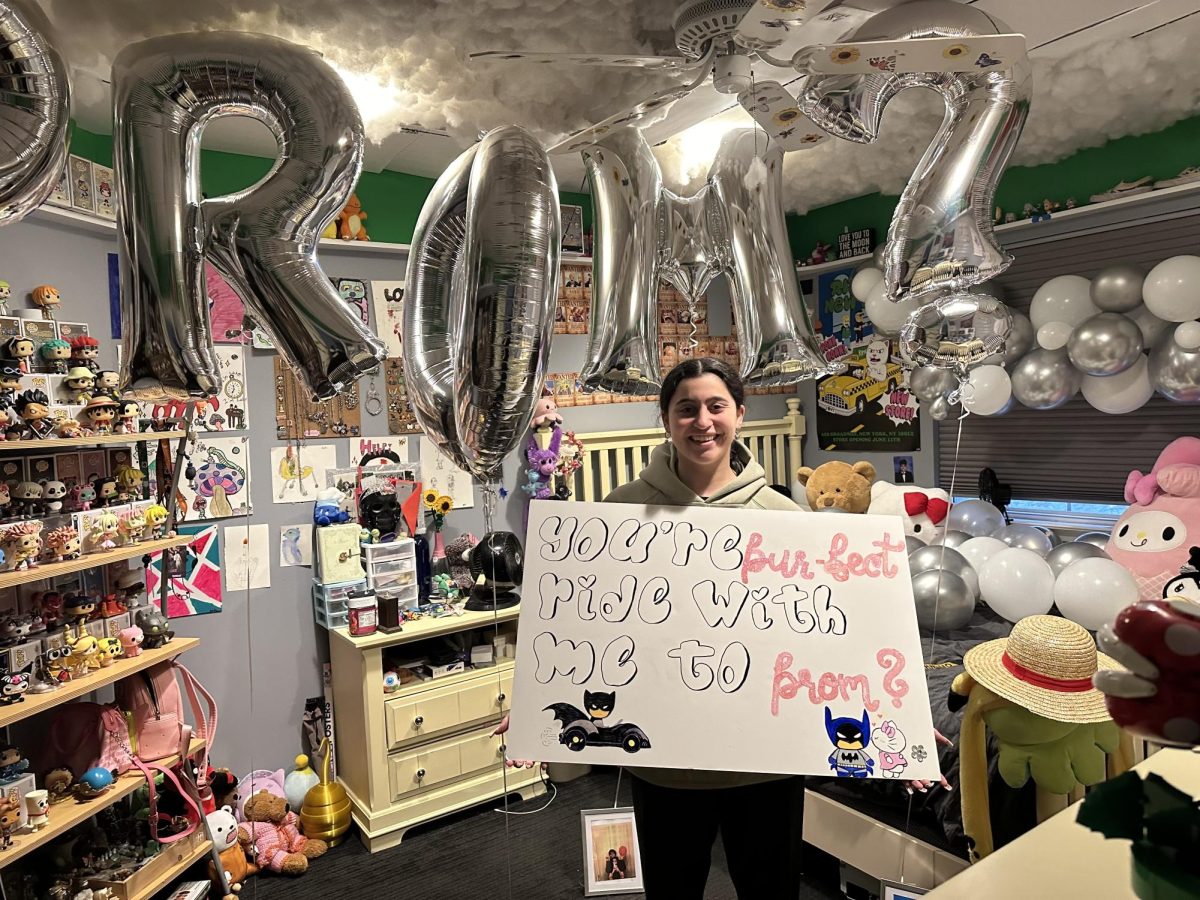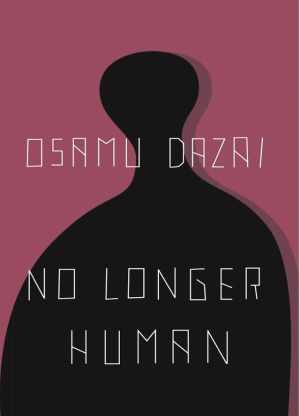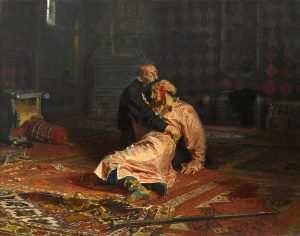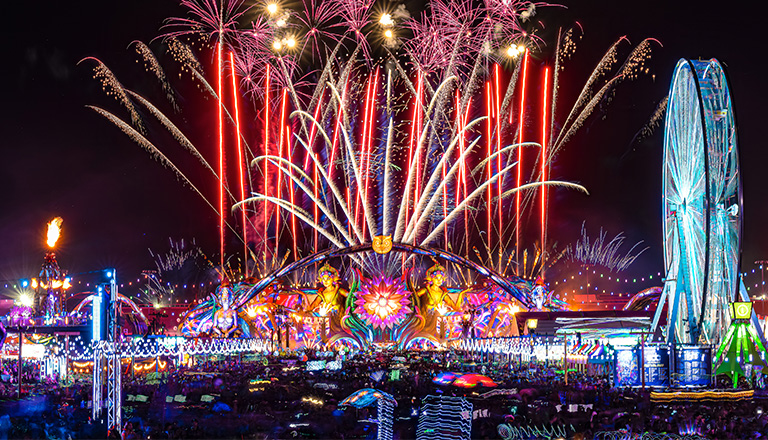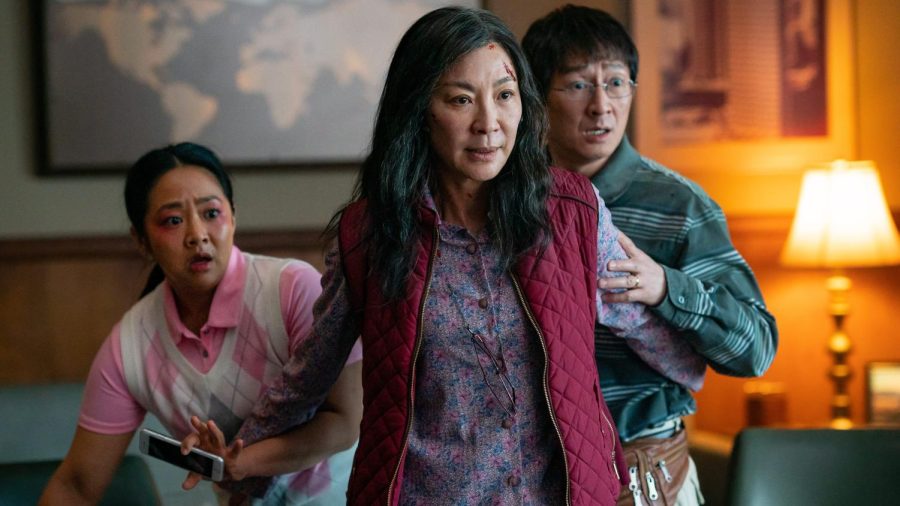10/10
Blow Up is not your average murder mystery. For most of the film, it seems to go out of its way to subvert the usual tropes associated with the genre. When the murder is first discovered there is no sound or music, the lead character achieves none of his goals at the end and the ending is anti-climactic, is totally detached from the main story and includes none of the characters from the rest of the film.
This Michelangelo Antonioni’s first English film and his second color film. He was inspired by the conflict between modern and post-modern art for this project. He wants to comment on the nature of art through the experiences of his main character Thomas (David Hemmings), a photographer. The film follows Thomas for one day. It starts with him on set doing a shoot for a model and then shoots more models afterwards. In the first shoot, we see he is very compassionate about his work. At one point in the shoot he goes on top of the model, shoots extreme close-ups of her, seems even more passionate and kisses her on the neck twice. He seems to view art as similar to sex. When doing the second shoot, he has extreme contempt for the models and yells very angrily, showing his misogyny.
After he is done with the shoots, he leaves for a meeting about a photo book he is making in London. His photo book attempts to be a work of modern art, as he is showing the lives of everyday people and tries to eschew any linear narrative to it. As he is working on this he tries to photograph a couple in the park. The lady (Vanessa Redgrave) comes up to him and tries to take his camera from him, but he tells her that it contains important photos and they must be printed. She later shows up to the apartment he lives at to try to get them. After a long conversation, he gives her a different camera that doesn’t have the photos.
Once she leaves, he blows up the pictures and he believes there is a murder. He thinks she set up her husband to be shot in the park. The camera follows the pictures as he sees them, in a stream of consciousness-like style. When we first see the pictures, we see nothing but eventually a gun in a bush pops up in one of the photos. It seems very fake because we saw nothing before but now it is so prevalent and seems to be a figment of Thomas’ mind. He has already shown his misogyny, so he could see it because he thinks of women as crazy. After he decides he thinks there was a murder, he goes to the park he took the photos at and sees what looks like the dead body of the woman’s boyfriend, but it looks like a wax statue and there is no blood. Hence, it is probably another figment of Thomas’ imagination.
Antonioni seems to be trying to say something about art here. He is saying any photograph, any work of art has no meaning but the meaning we give it which is the essence of postmodernism, that all truth is subjective. This is how Antonioni shows that Thomas is wrong. After Thomas comes home to the apartment, the camera and the photographs in the park are gone. The next day he returns to the park and sees the body is gone. He is befuddled and walks down to the tennis court and sees a bunch of mimes on the court without a ball, but imagining they have one and hitting it back and fourth. They pretend to “hit the ball” over the fence and Thomas then pretends to throw it back. It seems as if he has now accepted the central theme of postmodernism, that all truth is subjective.

David Hemmings did a brilliant job in his role as Thomas. His performance makes for an extremely unforgettable character. The script is original and offers valuable insights into big questions. The cinematography is also impressive. There is almost no artificial lighting in the whole film. What makes the cinematography stand out though, is the use of color. Throughout the film there are four main colors that stick out prominently: green, white, red and yellow. When Thomas is taking pictures in the park, he is wearing a green jacket, the wooden fences green and the grass is painted to be extra green. The green is meant to symbolize creation, as he is taking photos when it appears. White is the color of his apartment because that is where he must focus and work. When Thomas is driving recklessly through the streets of London in the beginning, all the apartments are painted red. And finally, when he is blowing up the pictures to look for the murder he has a yellow light on in the room he is doing it in show something dangerous is coming.
Overall, Blow Up is insightful, one of the best films of the 1960s and is a classic masterpiece that should be seen by everyone.



